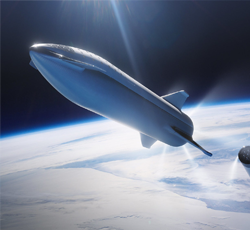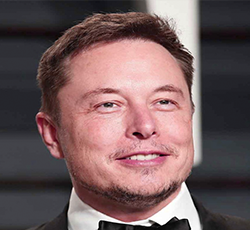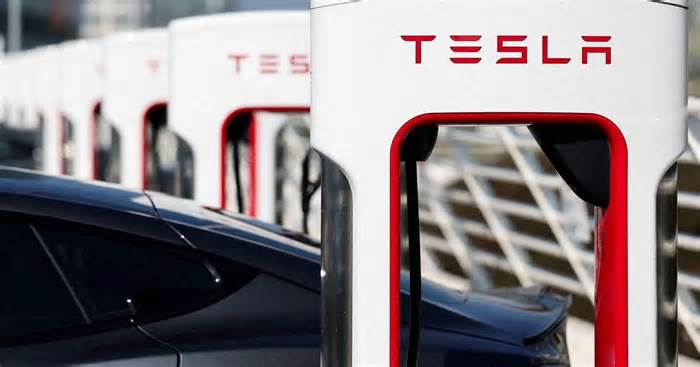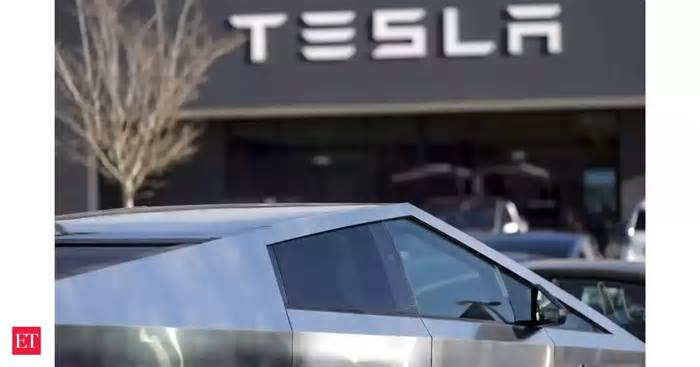
Trump administration shifts focus from Elon Musk to Jeff Bezos’ Project Kuiper to build Golden Dome system
- by The American Bazaar
- Jul 22, 2025
- 0 Comments
- 0 Likes Flag 0 Of 5
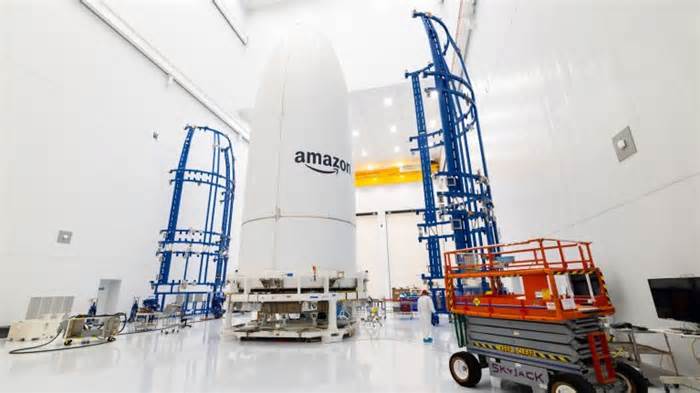
Email
President Donald Trump may be dumping SpaceX CEO Elon Musk for Amazon’s Jeff Bezos. The Trump administration is expanding its search for partners to build the Golden Dome missile defense system, courting Amazon’s Project Kuiper and big defense contractors as tensions with Elon Musk threaten SpaceX’s dominance in the program, according to three sources familiar with the matter.
After Reuters reported initially that
SpaceX was a frontrunner Reuters has reported
that Amazon’s Project Kuiper, a $10 billion initiative led by former Starlink managers dismissed by Musk for slow progress, has lagged behind SpaceX in deployment.
In the search for more vendors for the satellite layers of Golden Dome, “Kuiper is a big one,” a U.S. official said.
Traditional defense giants Northrop Grumman, Lockheed Martin, and L3Harris are also in talks to support Golden Dome.
“Lockheed Martin is ready to support Golden Dome for America as a proven mission partner,” Robert Lightfoot, president of Lockheed Martin Space, said in a statement.
One of the reasons the Trump administration is distancing itself from SpaceX’s Starlink network for the Golden Dome missile defense system due to a public feud between Trump and Musk, concerns over single-vendor dependence, and strategic interest in diversifying partners.
Although SpaceX initially seemed a natural fit, Musk’s denial of active involvement and the administration’s desire to include other firms like Amazon’s Project Kuiper, Lockheed Martin, and Northrop Grumman have shifted priorities.
What is the Golden Dome?
The Golden Dome is a proposed U.S. missile defense system announced by President Trump on May 20. It aims to protect the country from a wide range of threats, including ballistic missiles, hypersonic weapons, cruise missiles, drones, and even space-based attacks. The system envisions a multi-layered defense network combining ground-, sea-, and space-based sensors and interceptors. Central to the plan is a constellation of satellites equipped with advanced sensors and kinetic or directed-energy interceptors to detect, track, and neutralize incoming threats early.
The administration allocated an initial $25 billion for the project in the fiscal year 2026 budget, with the overall development cost estimated at around $175 billion over three years. However, independent analyses including from the Congressional Budget Office, suggest the total cost could rise substantially, ranging from $161 billion to $542 billion over 20 years.
General Michael Guetlein of the U.S. Space Force has been appointed to lead the program. The goal is to have the system operational before the end of President Trump’s term in January 2029. Despite the ambitious vision, the project remains conceptual with no hardware deployed yet, and experts warn of significant technical challenges, cost overruns, and risks of escalating space weaponization.
Please first to comment
Related Post
Stay Connected
Tweets by elonmuskTo get the latest tweets please make sure you are logged in on X on this browser.






 Energy
Energy